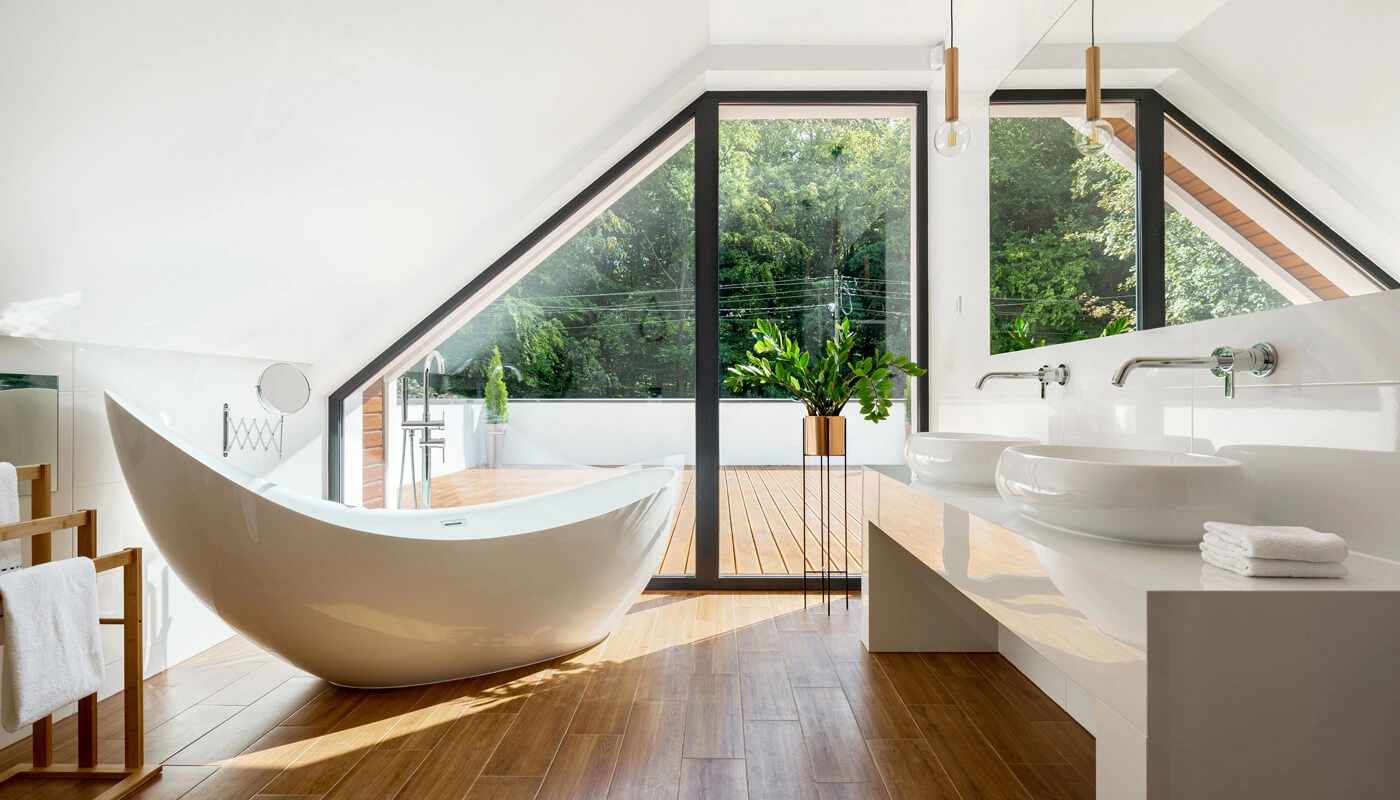Marble is a luxurious and timeless choice for bathroom surfaces, offering a sophisticated and elegant look. However, marble is also a porous and delicate natural stone that requires proper care and maintenance to keep it looking pristine. Protecting your marble bathroom surfaces involves understanding the unique properties of marble and following specific steps to prevent damage, staining, and wear.
1. Seal the Marble Surfaces
- Why Sealing is Important: Marble is a porous stone, meaning it can absorb liquids and stains if left unprotected. Sealing creates a protective barrier that reduces the stone's porosity, helping to prevent staining from water, soap, and other bathroom products.
- How to Seal: Use a high-quality marble sealer designed for bathroom surfaces. Apply the sealer evenly across the marble, allowing it to penetrate for the recommended time, then wipe off any excess. Re-seal the marble every 6-12 months, depending on usage and exposure to moisture.
2. Clean Regularly with pH-Neutral Cleaners
- Avoid Acidic or Abrasive Cleaners: Marble is sensitive to acidic substances, which can cause etching or dull spots on the surface. Avoid using vinegar, lemon juice, or harsh cleaners that can damage the stone.
- Use pH-Neutral Cleaners: Opt for pH-neutral cleaners specifically formulated for marble. These cleaners are gentle yet effective in removing dirt, soap scum, and grime without harming the stone’s finish.
- Cleaning Routine: Wipe down marble surfaces regularly with a soft, damp cloth or mop to remove dirt and prevent buildup. For deeper cleaning, use a pH-neutral cleaner, and follow with a dry cloth to prevent water spots.
3. Prevent Water Spots and Stains
- Wipe Up Spills Immediately: Water, soap, and other bathroom products can leave stains or spots on marble surfaces if left to sit. Wipe up any spills immediately with a soft cloth to prevent damage.
- Use Coasters and Trays: Place coasters or trays under toiletries, cosmetics, and bottles to prevent them from leaving marks or stains on marble countertops and vanities.
- Dry After Use: After using the bathroom, take a moment to dry the marble surfaces with a soft, dry towel. This helps prevent water stains and keeps the marble looking polished.
4. Avoid Scratches and Chips
- Use Soft Mats and Rugs: Place soft mats or rugs in high-traffic areas, such as in front of the sink, bathtub, or shower, to prevent scratches from foot traffic or dropped objects.
- Handle Items with Care: Be cautious when placing or moving heavy items on marble surfaces. Avoid dragging objects across the marble, as this can cause scratches or chips.
- Use Protective Pads: Attach felt pads to the bottom of bathroom accessories and décor to prevent them from scratching the marble.
5. Maintain the Shine
- Polish Regularly: To maintain marble’s natural shine, polish the surfaces regularly with a marble-safe polish or a soft, dry cloth. This will enhance the stone’s luster and keep it looking fresh.
- Buff Out Dull Spots: If you notice dull spots or minor etching, gently buff the area with a soft cloth and a marble polishing powder to restore the shine.
6. Avoid Using Excessive Moisture
- Control Humidity: Bathrooms are naturally humid environments, but excessive moisture can damage marble over time. Use an exhaust fan or dehumidifier to control humidity levels and reduce the risk of water damage.
- Avoid Soaking: Do not allow marble surfaces to stay wet for long periods. Avoid leaving wet towels, sponges, or other items on marble surfaces to prevent moisture absorption and staining.
7. Address Stains and Etches Promptly
- Stain Removal: If a stain does occur, use a poultice made from baking soda and water or a commercial marble poultice to draw out the stain. Apply the poultice to the stained area, cover it with plastic wrap, and let it sit for 24-48 hours before wiping it off.
- Etch Repair: For etching caused by acidic substances, use a marble polishing compound or contact a professional to restore the surface.


